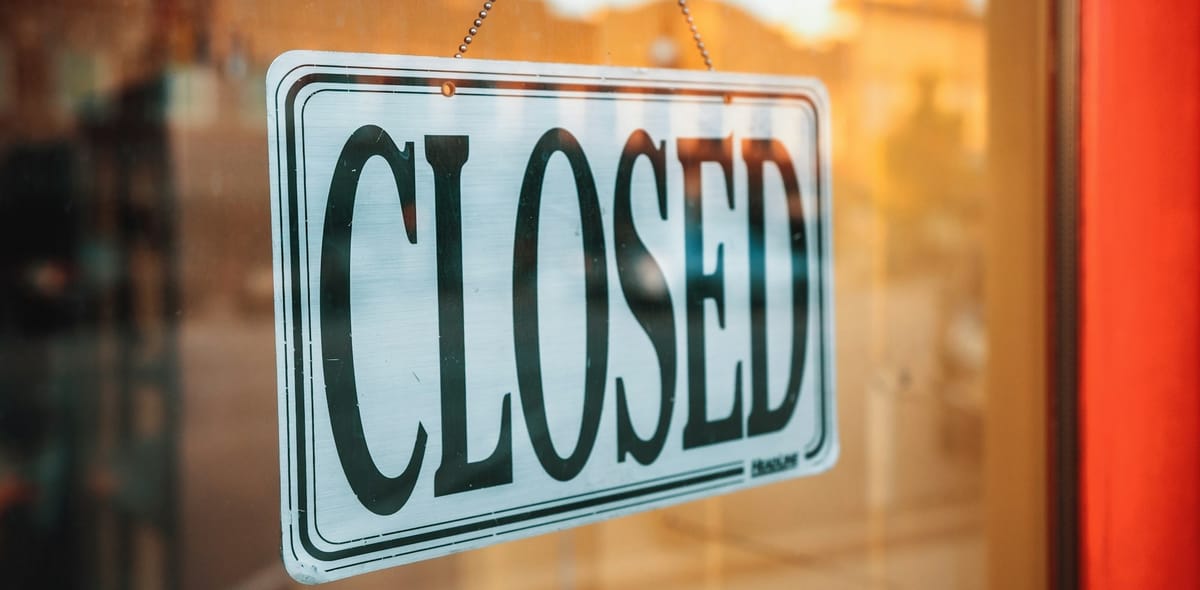E-Verify Suspended During Government Shutdown: What Employers Need to Know
During the 2025 government shutdown, E-Verify has been suspended. Learn what this means for HR compliance, Form I-9 requirements, and best practices for managing hiring during the outage.

The federal government shutdown has temporarily halted E-Verify services, leaving HR teams responsible for I-9 compliance without their usual verification tool. Here’s what that means and how to stay compliant.
Key Takeaways
- E-Verify is unavailable during the federal government shutdown.
- Employers must continue to complete Form I-9s within the standard timeframe.
- The three-day rule for E-Verify submissions is temporarily suspended.
- Employers should not take adverse action against employees due to delayed E-Verify cases.
- All backlogged E-Verify cases must be completed once the system is restored.
Introduction
As the federal government shutdown continues, one of the first HR compliance systems affected is E-Verify, the Department of Homeland Security’s online employment eligibility tool. For many organizations, this poses a significant operational challenge: how to remain compliant with hiring laws when a key federal system is offline.
This article outlines how the shutdown impacts E-Verify, what HR professionals are still required to do, and how to handle onboarding during this temporary disruption.
What Happens to E-Verify During a Shutdown
When Congress fails to fund the federal government, non-essential services such as E-Verify are suspended. Because E-Verify relies on congressional appropriations, it cannot operate during a lapse in funding.
During the shutdown:
- Employers cannot enroll in E-Verify, create new cases, or manage existing ones.
- Case status updates, tentative non-confirmations (TNCs), and employee self-checks are unavailable.
- Customer support and password recovery services are offline.
Employers are temporarily excused from the normal deadlines for submitting E-Verify cases. The days the system is unavailable do not count toward compliance timeframes.
Like this article?
Subscribe to PeopleBrief for more insights, templates, and research-backed strategies to strengthen your HR systems.
What Employers Must Still Do
Even though E-Verify is suspended, Form I-9 requirements remain in effect. Every employer must still complete Form I-9 for all new hires within three business days of the employee’s start date.
HR teams should:
- Complete Form I-9s as usual and retain all documentation.
- Record the reason for any delayed E-Verify submission as “Federal Government Shutdown.”
- Create E-Verify cases for affected employees once the system is operational again.
- Avoid taking any negative employment action based on a pending or delayed E-Verify status.
According to USCIS guidance, employers will be given time to process the backlog once the system is restored.
Guidance for Federal Contractors
Employers who are federal contractors are still expected to comply with their contractual requirements, but they are not penalized for delays caused by the shutdown. Contracting officers or legal counsel should confirm any temporary extensions or reporting adjustments.
Best Practices for HR During the Shutdown
To maintain compliance and minimize risk:
- Track all affected hires. Keep a list of employees whose E-Verify cases could not be created.
- Document all actions taken. Note when I-9s were completed and when E-Verify became unavailable.
- Communicate internally. Ensure recruiters, hiring managers, and compliance staff understand that E-Verify is temporarily offline.
- Monitor official updates. USCIS and DHS will issue guidance once operations resume, often with grace periods for compliance.
Looking Ahead
While E-Verify’s suspension adds complexity for HR teams, most compliance risks can be managed with proper documentation and communication. The key is to keep up with I-9 obligations, maintain detailed records, and be ready to process delayed cases once E-Verify resumes.
People operations leaders should also review their onboarding processes to ensure they can adapt quickly to future disruptions—whether caused by government shutdowns or other federal system outages.



